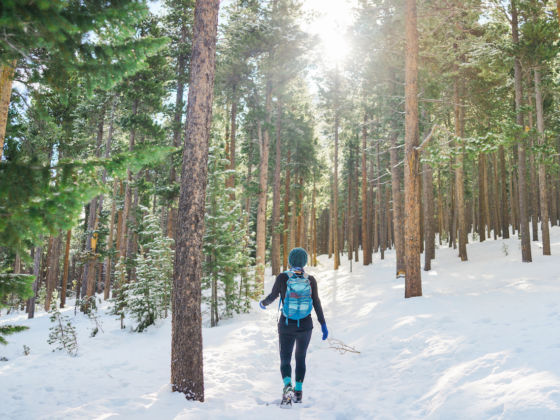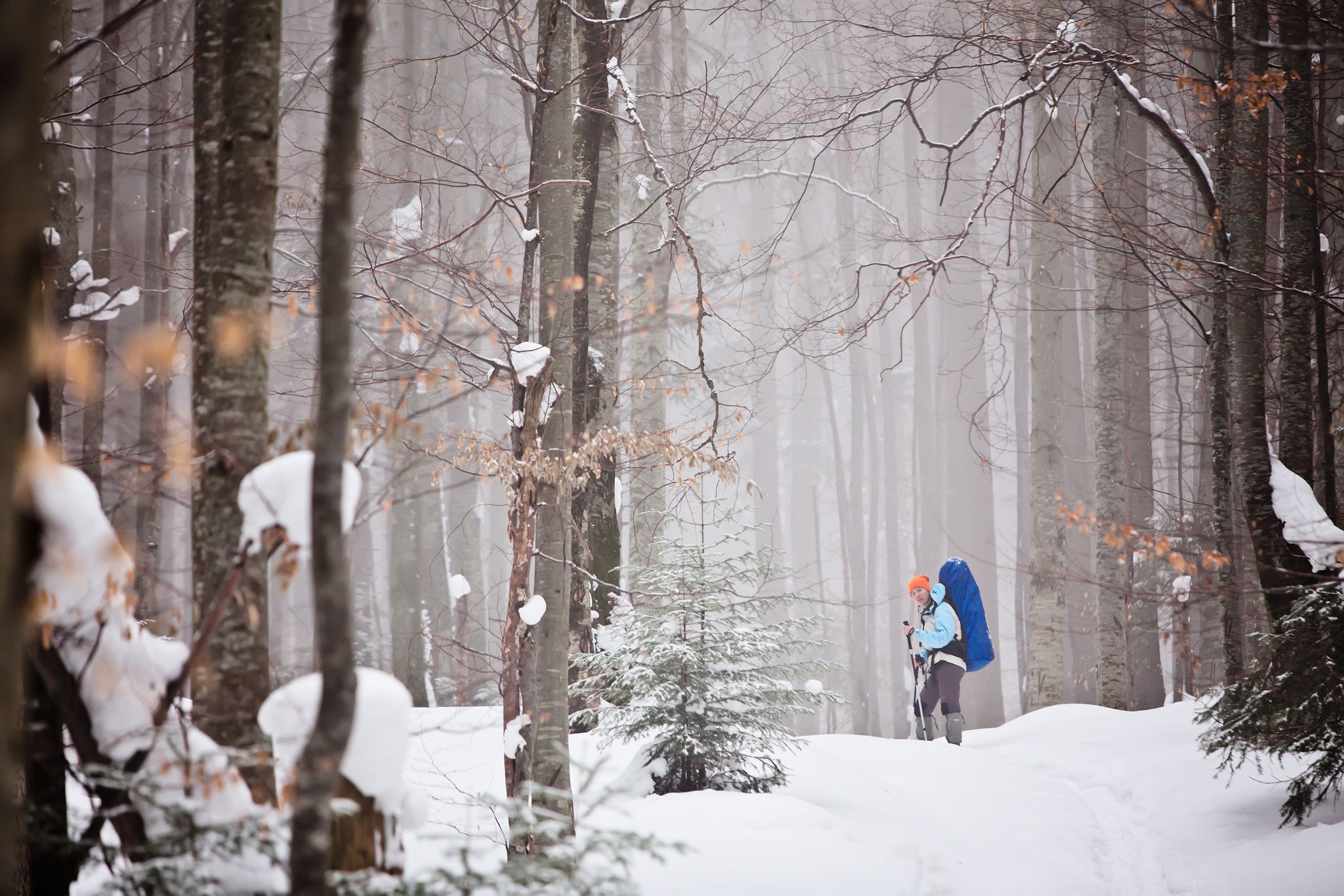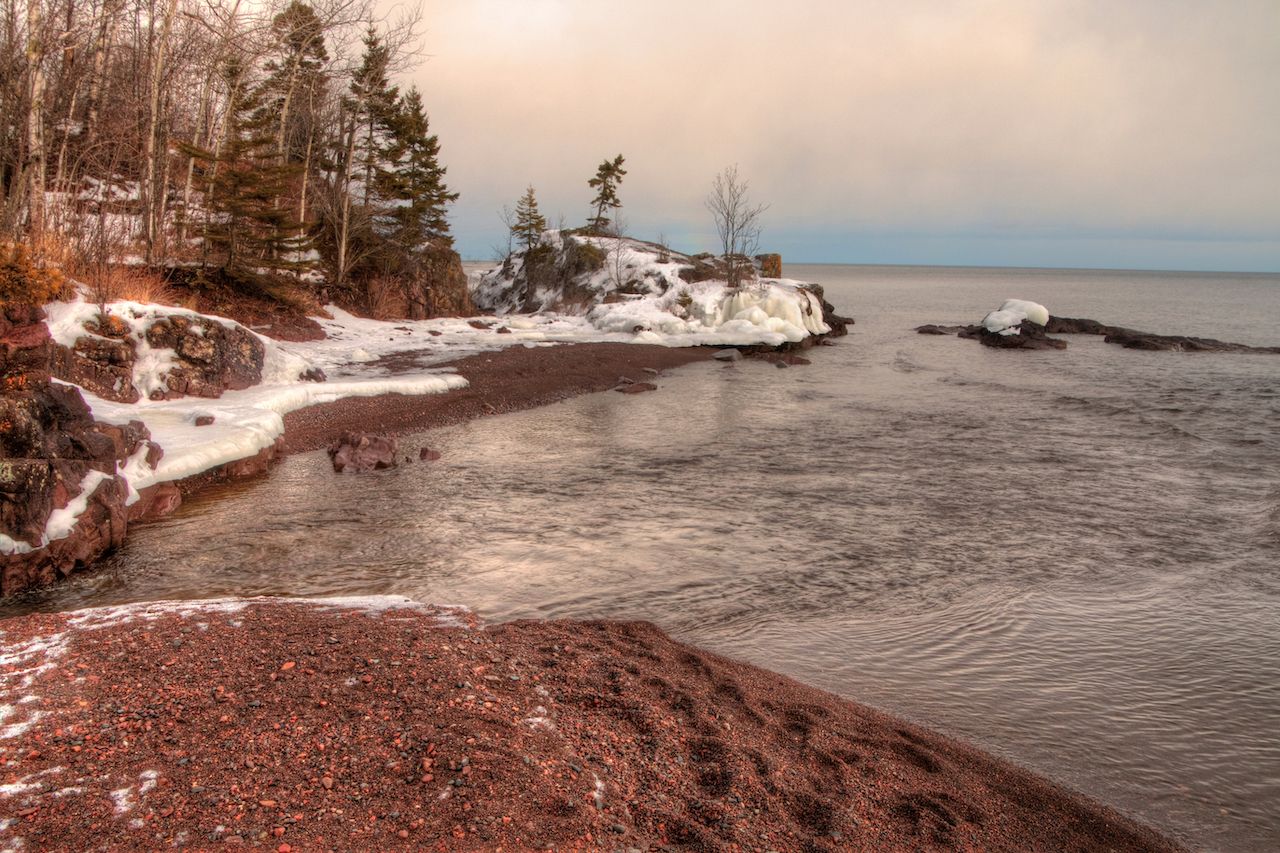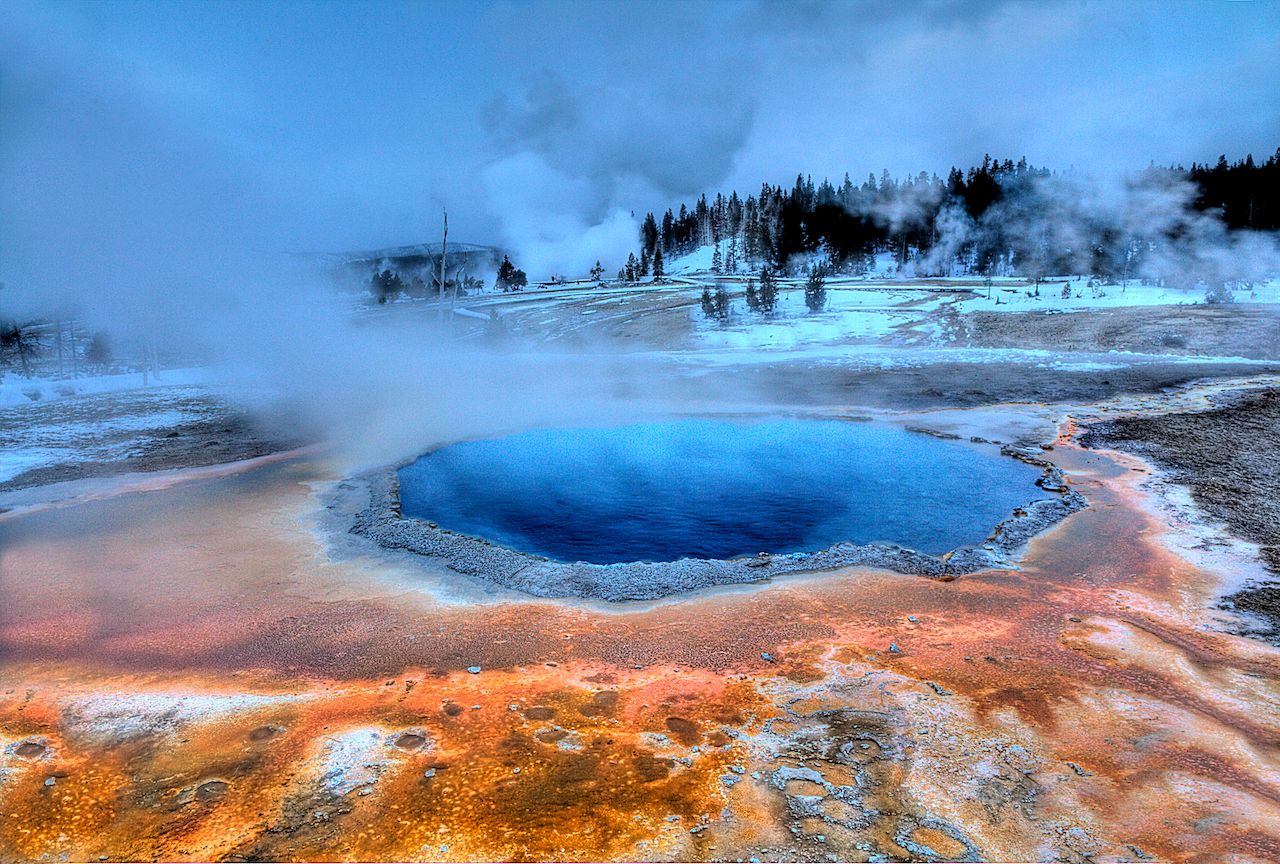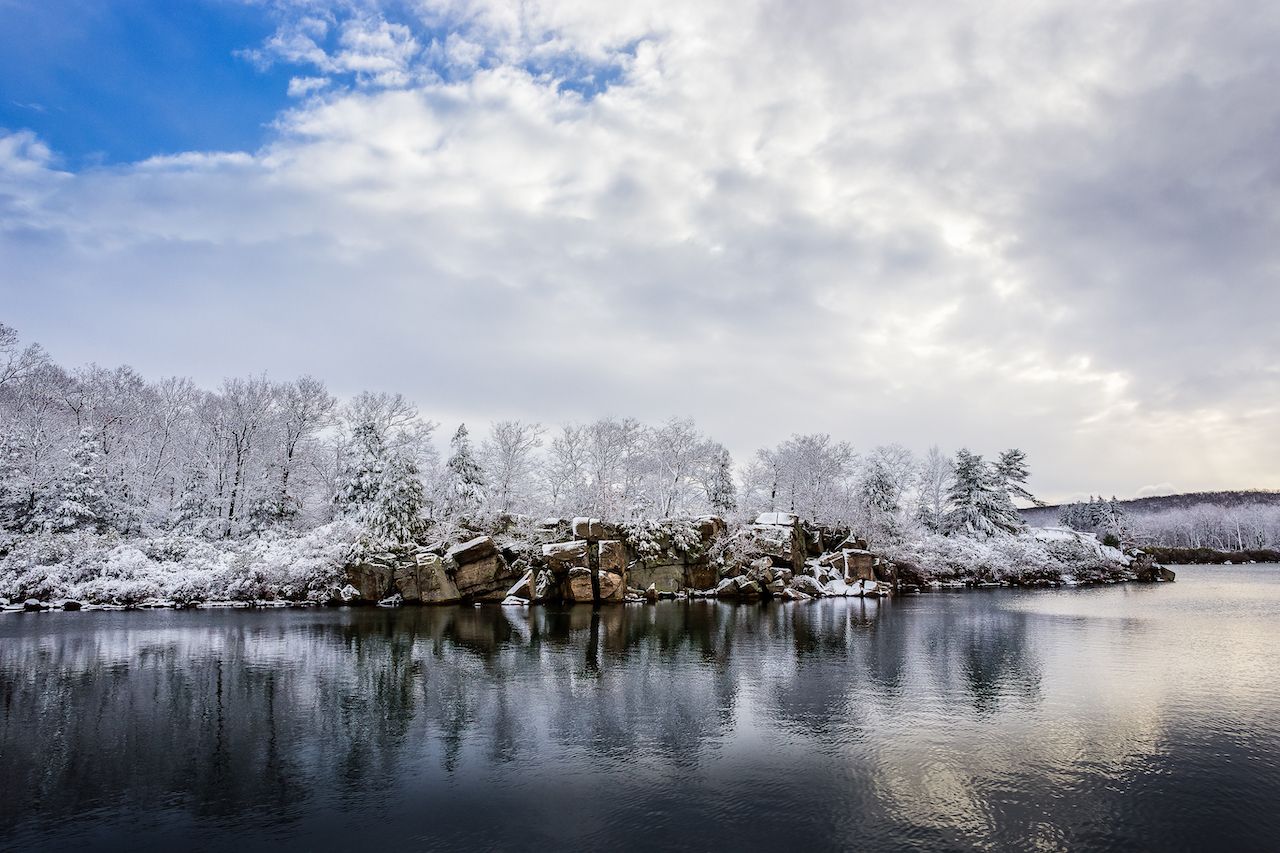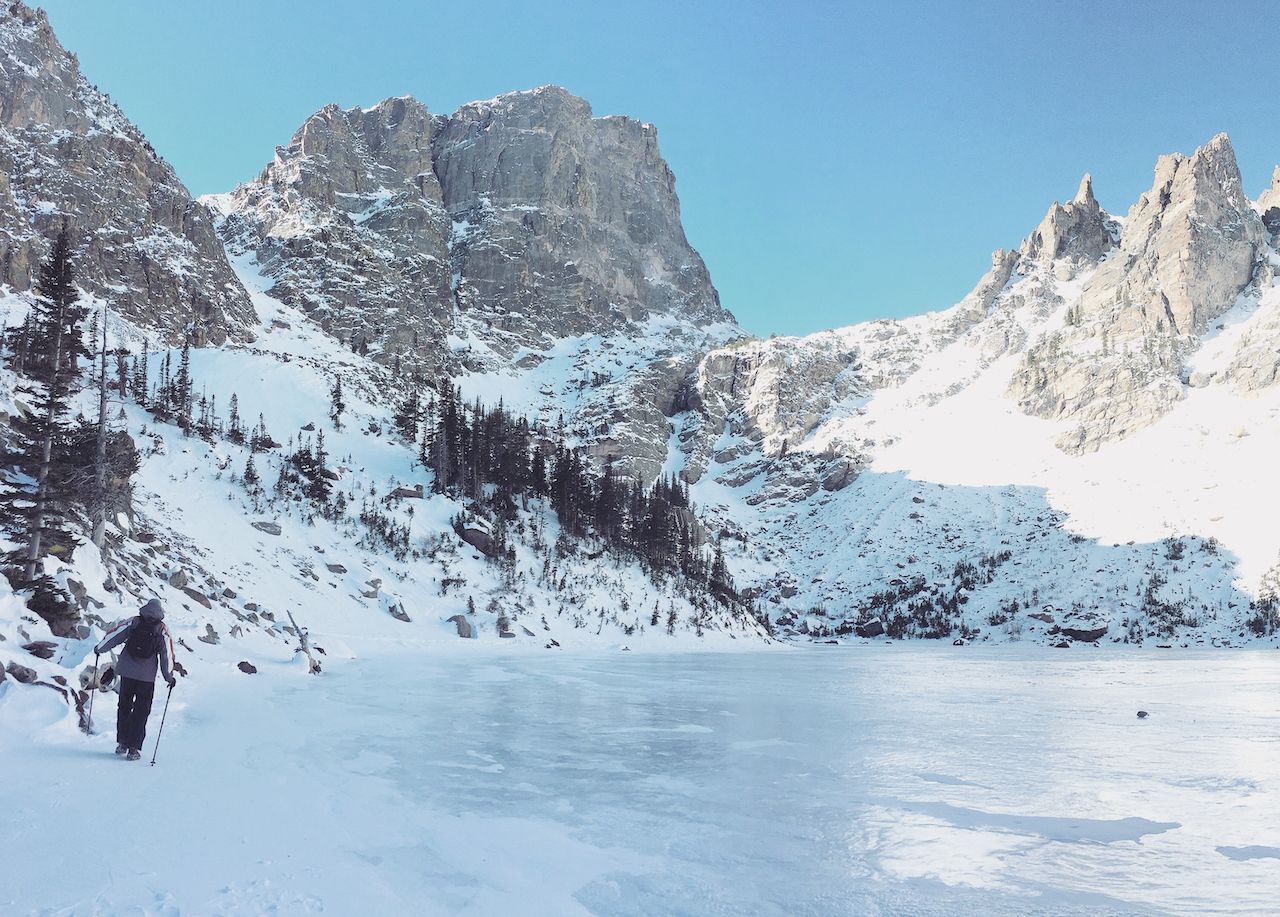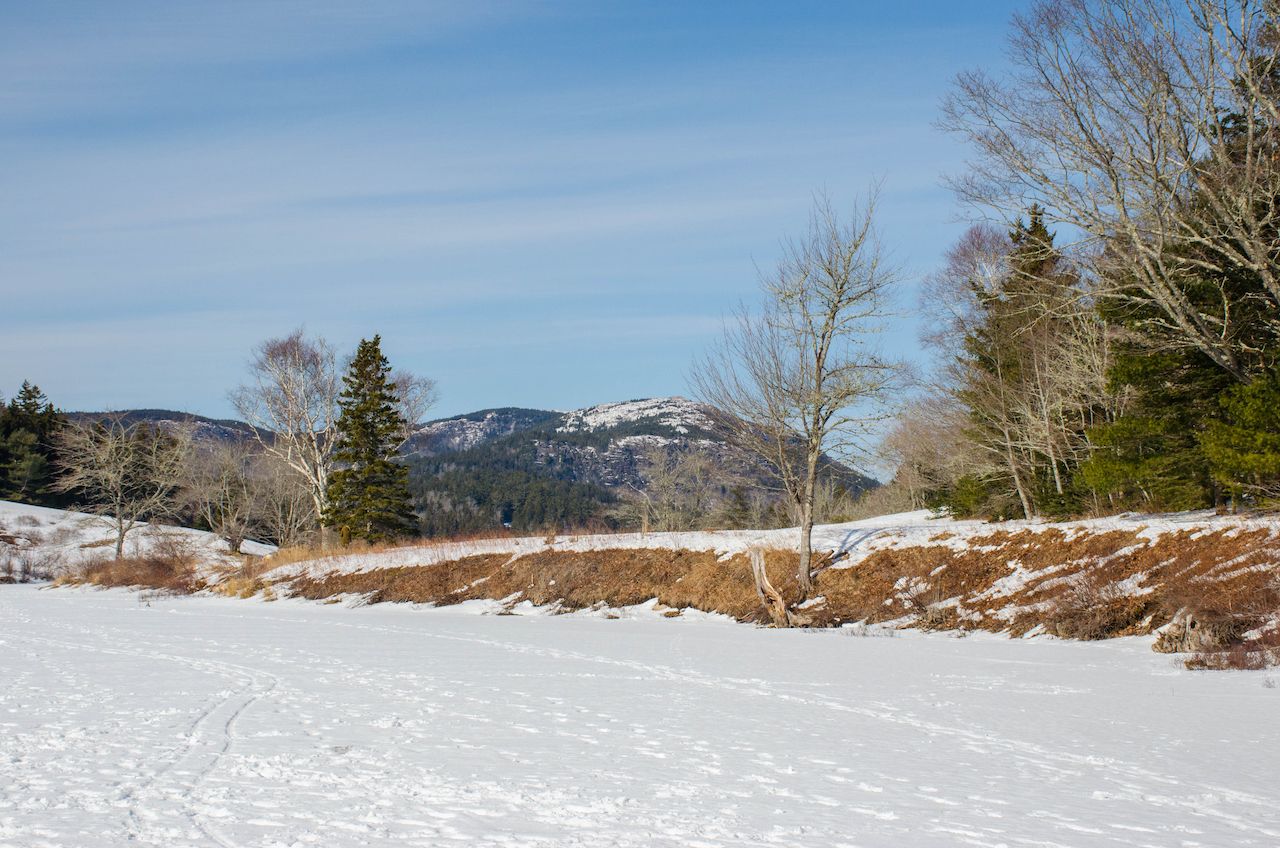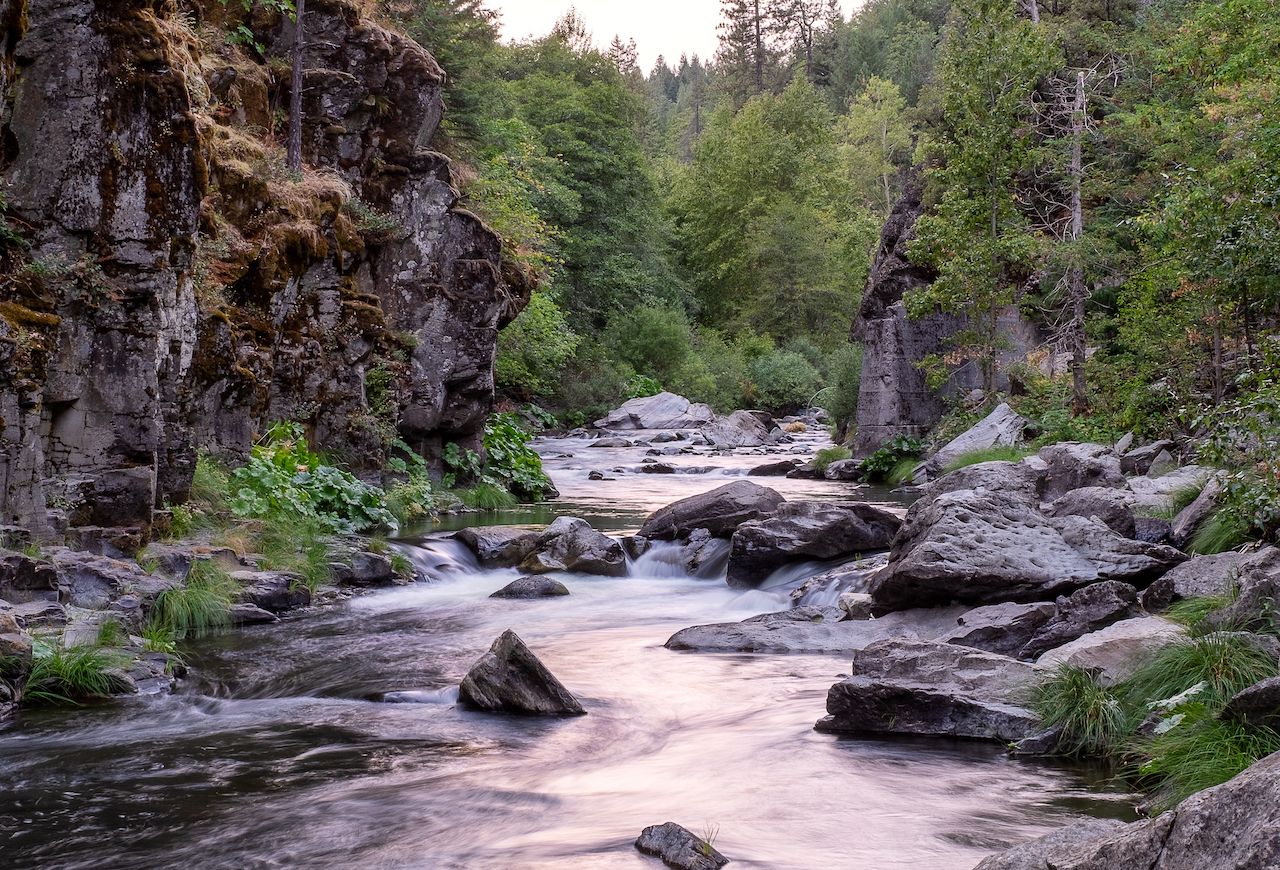Hiking in the winter is all about the mindset. It takes a determined trail hound to get outside in the cold when the fireplace beckons. That mindset also requires a shift in the approach, since summiting a towering peak or completing a serious backpacking trip probably isn’t going to happen this time of year. The folks bagging a Colorado fourteener in January are seasoned mountaineers with skins on their skis and an ice axe strapped to their pack, rather than casual day-hikers from Denver. Yet winter can be the most rewarding time to hike.
That’s because, once the frost hits, the end goal of a good hike becomes experiencing the tranquility of nature in its most solemn state. It’s about finding silence as a destination rather than a byproduct. That is to say, hiking in winter is your chance to get back to the root of the activity: the actual hike, not the endpoint, summit, or the selfie taken along the way. Here are our picks for the best winter hikes in the US to help you make the most of the season.
